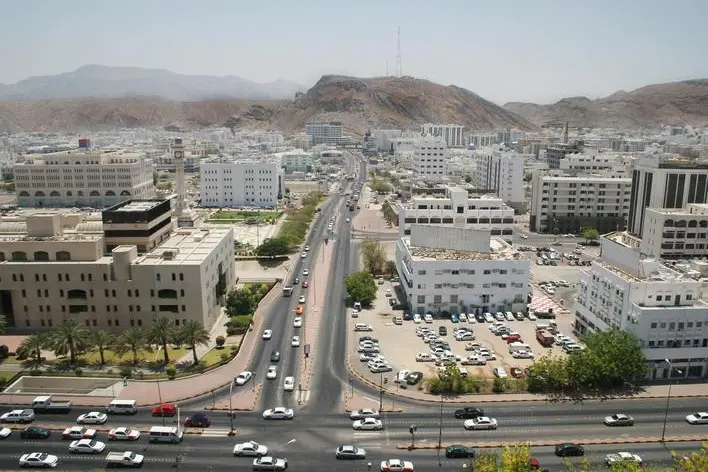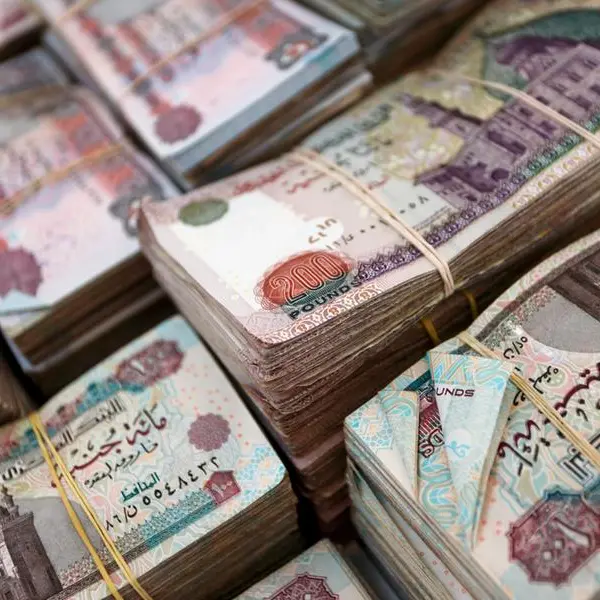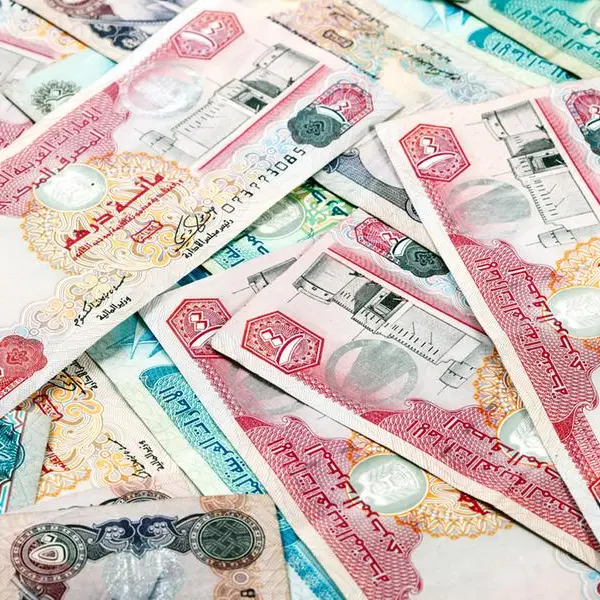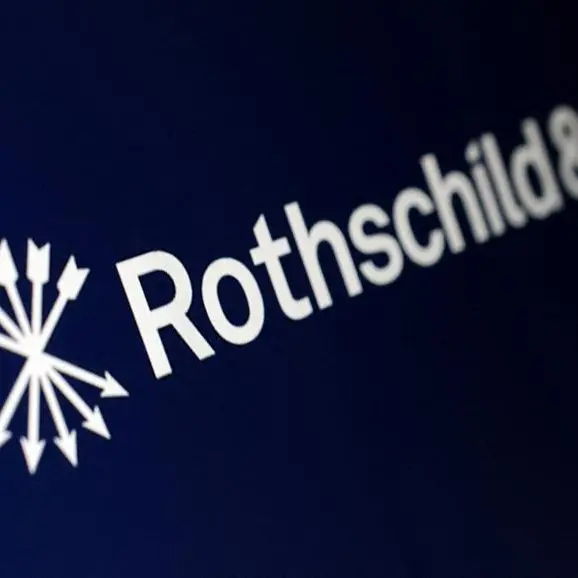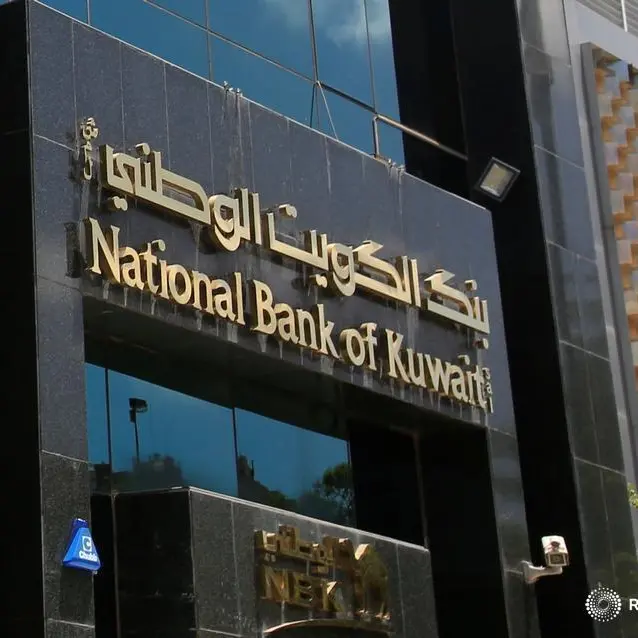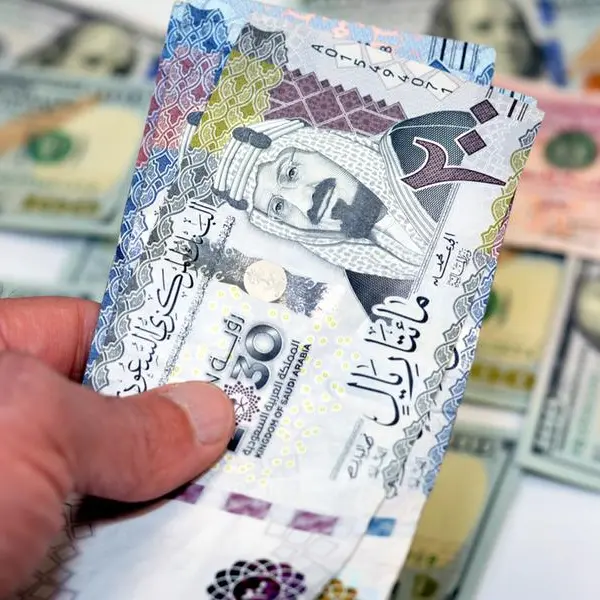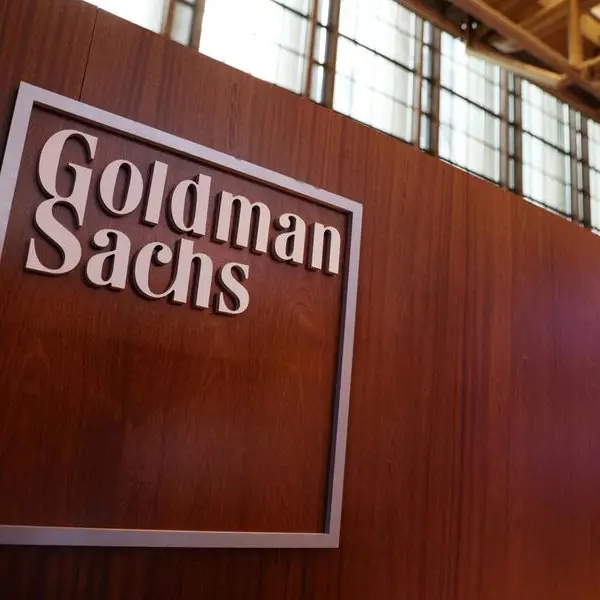PHOTO
Oman’s total revenues surged ahead by 75.6 per cent to around OMR1.918 billion at the end of February 2022 over the revenue collected in the corresponding period in 2021.
This was unveiled by the Financial Economic Bulletin (FEB) issued by the Ministry of Finance, which attributed the high surplus to a surge in oil price averaging $81 a barrel, and also increased oil production even as the gas revenues touched OMR509 million.
Higher collections from Value-Added Tax (VAT) and other fees contributed to raise the revenues by 29.6 per cent at the end of February 2022 over the corresponding period in 2021, according to the FEB.
Public spending at the end of February 2022 was around OMR1.707 billion and this was driven by a rise in the repayment of loan interests, total investment expenditures (development and capital) of civil ministries and expenses on gas transport and procurement.
The state’s budget continued to achieve financial surplus at the end of February 2022, amounting to around OMR210 million, a whopping rise from the OMR457-million financial deficit in the corresponding period in 2021.
Oman’s 2022 Budget had allocated OMR4 billion to meet the debt obligations, including the repayment of OMR2.7 billion loan principals and payment of OMR1.3 billion in loan interests.
The Ministry of Finance (MOF), as part of its debt management strategy, will reduce the public debt by more than OMR2.85 billion ($7.4 billion) at the end of April 2022, the bulletin said.
The MOF also seeks to utilise the surplus arising from higher oil prices for reducing fiscal deficit and minimising the cost and risks of debt portfolio.
The government embarked on a public debt reduction programme targeting the OMR19.46-billion mark by the end of April 2022.
The 2022 Budget had allocated OMR900 million for implementing various development projects, representing the estimated amount to be paid during the year as per the actual work in progress on the projects.
These development projects have been reprioritised in terms of their urgency, cost and economic and social return, the Ministry of Finance said in its Financial Economic Bulletin.
On March 2, for the first time since 2015, Standard & Poor’s (S&P) raised Oman’s credit rating to BB- with a stable outlook.
“Standard & Poor’s raises Oman’s credit rating to BB- with a stable outlook for the first time since 2015, as a result of the improvement in the state’s public financial indicators and the decrease in the risks of public debt,” ONA said.
The Ministry of Finance (MOF) had earlier cut down its public debt. This is in addition to the MOF’s effort to utilise fiscal surplus (emanating from the uptake of oil prices average rates) to minimise fiscal deficit and shrink the public debt portfolio’s cost and risks.
The MOF pointed out that the fiscal consolidation measures taken by the government helped improve fiscal performance indicators, which led to increased confidence among various international institutions and rating agencies.
The MOF seeks to utilise the surplus arising from higher oil prices to reduce the fiscal deficit and public debt, thus affirming that the government is in a better position to overcome any external shocks.
The MOF reiterated that Oman is making good progress towards the achievement of its national goals and this has been reflected in low-interest rates on financing, in addition to expanded engagement of financial institutions.
© Muscat Media Group Provided by SyndiGate Media Inc. (Syndigate.info).
